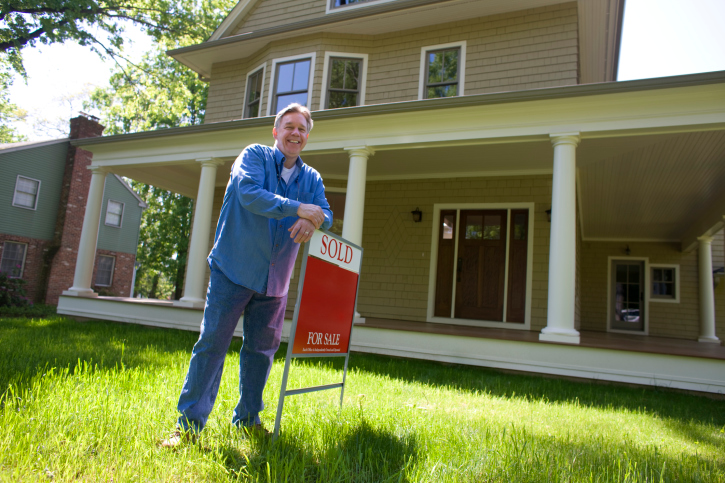National Association of REALTORS – Sales of Pre-Owned Homes Dip
 Sales of previously owned homes dropped in August by 4.80 percent on an annual basis for the first time in four months; the dip was likely caused by rising home prices. August sales were reported at a rate of 5.31 million; July’s rate was 5.58 million sales of previously owned homes.
Sales of previously owned homes dropped in August by 4.80 percent on an annual basis for the first time in four months; the dip was likely caused by rising home prices. August sales were reported at a rate of 5.31 million; July’s rate was 5.58 million sales of previously owned homes.
Sales of existing homes have risen 6.20 percent year-over-year; stronger labor markets and low mortgage rates were seen as contributing factors. Although economists expect the Federal Reserve to raise its target federal funds rate before year end, home sales are expected to stay strong through 2016. A Fed rate hike would mean that lending rates for consumer credit and mortgage loans would increase.
Analysts noted that July sales of pre-owned homes hit a post-recession high and characterized August’s lower reading as a “hiccup.” Month-to-month readings often reflect volatility caused by transitory influences; analysts typically rely on month-to-month rolling averages to track trends in housing markets.
Home Sales Thwarted by Slim Supply of Available Homes
Low inventories of homes for sale are likely keeping sales of previously owned homes from achieving their potential. In August, there were 2.29 million homes on the market, which represents a 5.20 month supply under current market conditions. August’s volume of available homes was 1.70 percent lower than for August 2014.
The national median sale price for a home was $228,700 in August; this represents a year-over-year increase of 4.70 percent.
First-time Buyers Getting Back in the Game
First-time home buyers accounted for 32 percent of existing home sales in August as compared to a normal reading of 40 percent of existing home sales. Investors purchased 12 percent of pre-owned homes sold in August as compared to a post-recession high of 25 percent. Less competition from investors should allow more owner-occupant buyers to purchase homes without being priced out of bidding wars.
On another positive note, distressed sales of pre-owned homes comprised only 7 percent of sales, this is a strong indication that the tide of post-recession foreclosures is ending.
FHFA House Price Index Also Shows Higher Home Prices
FHFA, the agency that oversees Fannie Mae and Freddie Mac, reported that home prices of homes associated with mortgages owned or backed by the two government-sponsored entities rose by 0.60 percent in July as compared to June’s reading of 0.20 percent. Home prices were up 5.80 percent year-over-year in July, which is 1.10 percent below the peak index reading of 2007 and was near the November 2006 index reading.
Year-over-year home price readings for the nine census divisions were all positive and ranged from + 2.20 percent in the New England division to +9.40 percent in the Mountain division. Month-to month house prices ranged from -1.20 percent in the New England division to +1.60 percent in the Mountain division.



 According to the Case-Shiller 20-City Home Price Index for February, month-to-month home prices increased by 0.50 percent from January’s reading and achieved the highest year-over-year gain in six months. Analysts expected February home prices to increase by 4.80 percent. David Blitzer, chairman of the S&P Dow Jones index committee, said that home prices continue to rise and outpace both inflation and wage gains. Although this is great news for homeowners, it also demonstrates the challenge of affordability for home buyers.
According to the Case-Shiller 20-City Home Price Index for February, month-to-month home prices increased by 0.50 percent from January’s reading and achieved the highest year-over-year gain in six months. Analysts expected February home prices to increase by 4.80 percent. David Blitzer, chairman of the S&P Dow Jones index committee, said that home prices continue to rise and outpace both inflation and wage gains. Although this is great news for homeowners, it also demonstrates the challenge of affordability for home buyers.